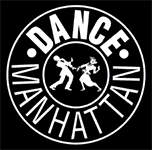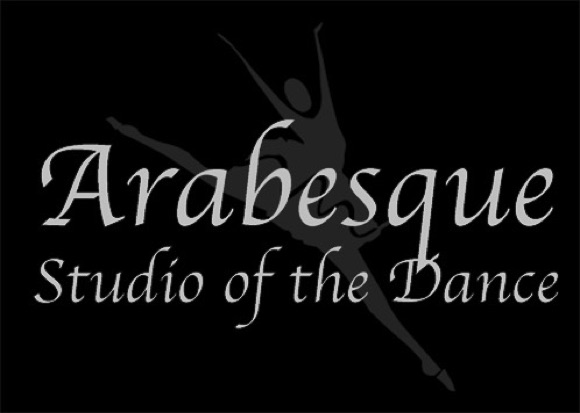The Swing swept across the US in the early ’30s, and was very popular through the ’40s. (Remember “Swing Kids”, the recent movie about II World War times?) Characterized by a carefree, relaxed style, the Swing soon came to represent a whole generation and time, when Big Band music was popular and mu

The Swing swept across the US in the early ’30s, and was very popular through the ’40s. (Remember “Swing Kids”, the recent movie about II World War times?) Characterized by a carefree, relaxed style, the Swing soon came to represent a whole generation and time, when Big Band music was popular and musicians were judged by how well their music could “swing”.
Single step, double step and triple step versions make Swing a dance easily adaptable to a variety of tempos of music, from moderately slow to very fast.
Swing is a highly adaptable dance, going equally well with Big Band type music, rock-and-roll music, and many Motown songs. Swing music is generally up-tempo and bouncy. (The same music style, at a slower tempo, is danced as a Foxtrot).
The Savoy style of swing is a very fast, jumpy, casual-looking style of dancing, associated with the great dancers of Harlem in the ’40s. The Lindy style is a smoother-looking dance. When it hit the laid-back West Coast, the steps and rhythms of Swing were rearranged again to make it adapt to rhythm-and-blues type music, and West Coast Swing developed.
West Coast Swing has certain similarities to Swing, but also has some distinct differences. West Coast Swing is a slotted form of swing dance typically done to blues, country, funk and contemporary music.
This type of swing is known for its smoothness and ability to “hit the breaks” (dancing to the accents in the music). In Europe, especially France, Swing has been popularized under the name “Rock’n’Roll”, which is a fast, jumpy style of dancing. They have also developed a competitive acrobatic style of Rock’n’Roll which combines gymnastics with dancing.
The International Style version of the dance is called “Jive”, and it is danced competitively in the US and all over the world (see the explanation for International Style).
A Social Affair Dance Studio is the place to learn to dance! We take pride in being a fun and exciting studio where you can feel right at home.
We teach all of the ballroom, Latin and night club partner dances, from beginner level to advanced. At A Social Affair Dance Studio, you can learn quickly and easily everything you need to know to feel at ease on the dance floor.
Today, through a balance of instruction which includes individual private lessons, group class lessons and parties — our timeless teaching methods will have you dancing in no time, even after your first lesson.
Not everyone who can dance is qualified to be an instructor at A Social Affair Dance Studio. Our instructors are personally trained in intense daily training sessions in the latest teaching methods and in all the most popular dances.
Our staff has decades of experience is teaching dance, but also keep up with the latest dance techniques with top national and international coaches. They are professionally certified in the DVIDA syllabus.
Your instructor can take you from being a non-dancer to a comfortable social dancer, even to a competition level…the choice is yours. In addition, each lesson is personalized and taught step-by-step at your own individual pace. A Social Affair Dance Studio makes it easy, fun and exciting for you

This class is an introduction to the look and feel of social swing dancing. This course is intended to provide instruction and repetition of the basic 6-count patterns that form the structure of this dance.

Latin style includes such dances as Swing, Salsa, Bachata, Merengue, Samba, Cha Cha, and Rumba. These energetic dances are a great source of cardio. They will allow you to improve your physical shape by enjoying the dynamic rhythms.

Whether east coast, west coast, or some Jitterbug, you will learn to swing the night away.

Swing dancing is a dance style, or a group of dances, originating from Harlem, New York with Afro-American Roots. The feeling of the dance is "swinging", as it developed to the swing style of jazz music from the 1920s to the 1940s or 50s.

Fun and flirty, this rhythm dance began in African – American communities in the 1920s–1940s centered at the Savoy Ballroom in Harlem. Named after the swinging style of jazz music which inspired the dance, Swing is an upbeat dance with quick triple-step movements and a bouncy vigor
© 2024 coursetakers.com All Rights Reserved. Terms and Conditions of use | Privacy Policy